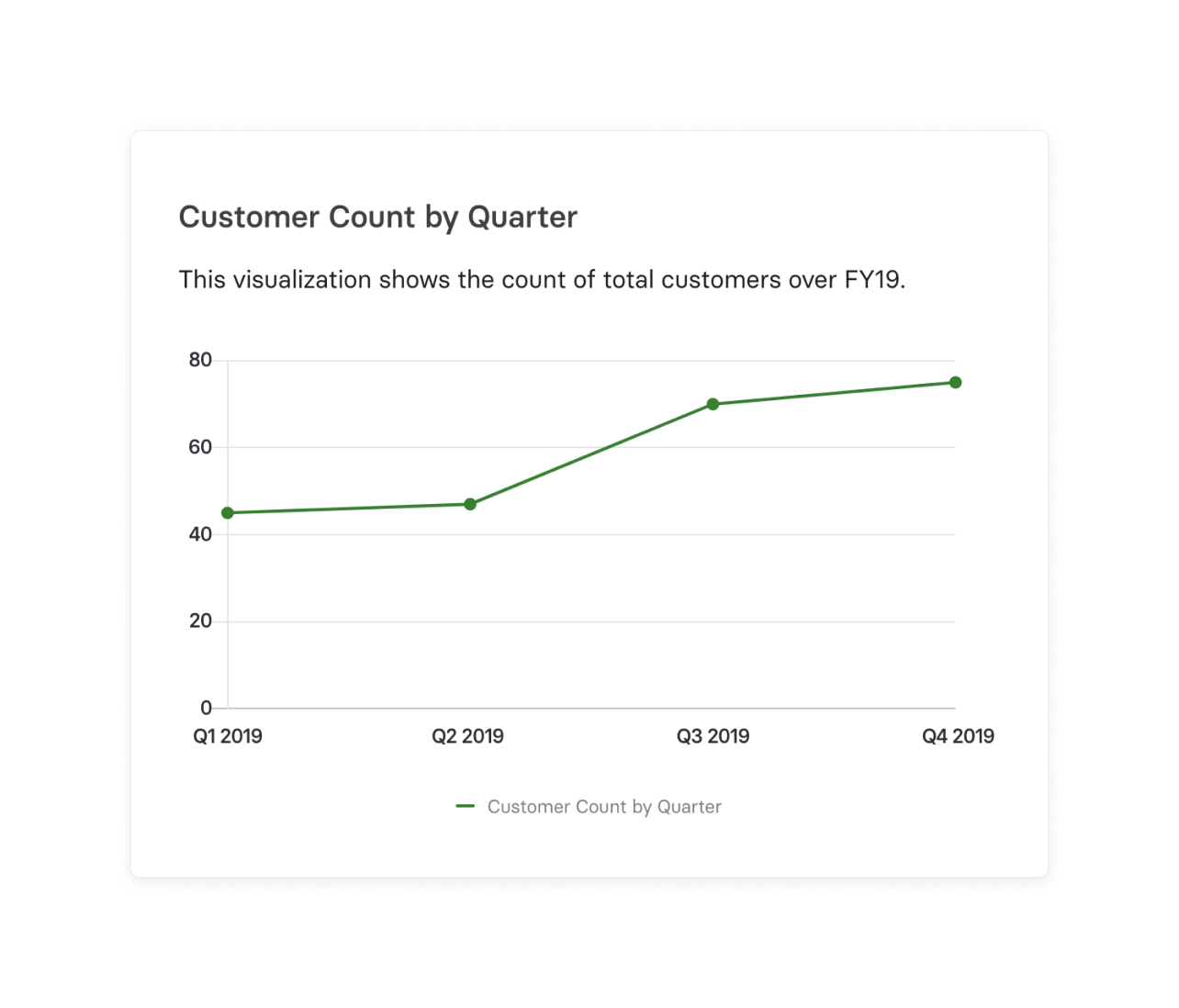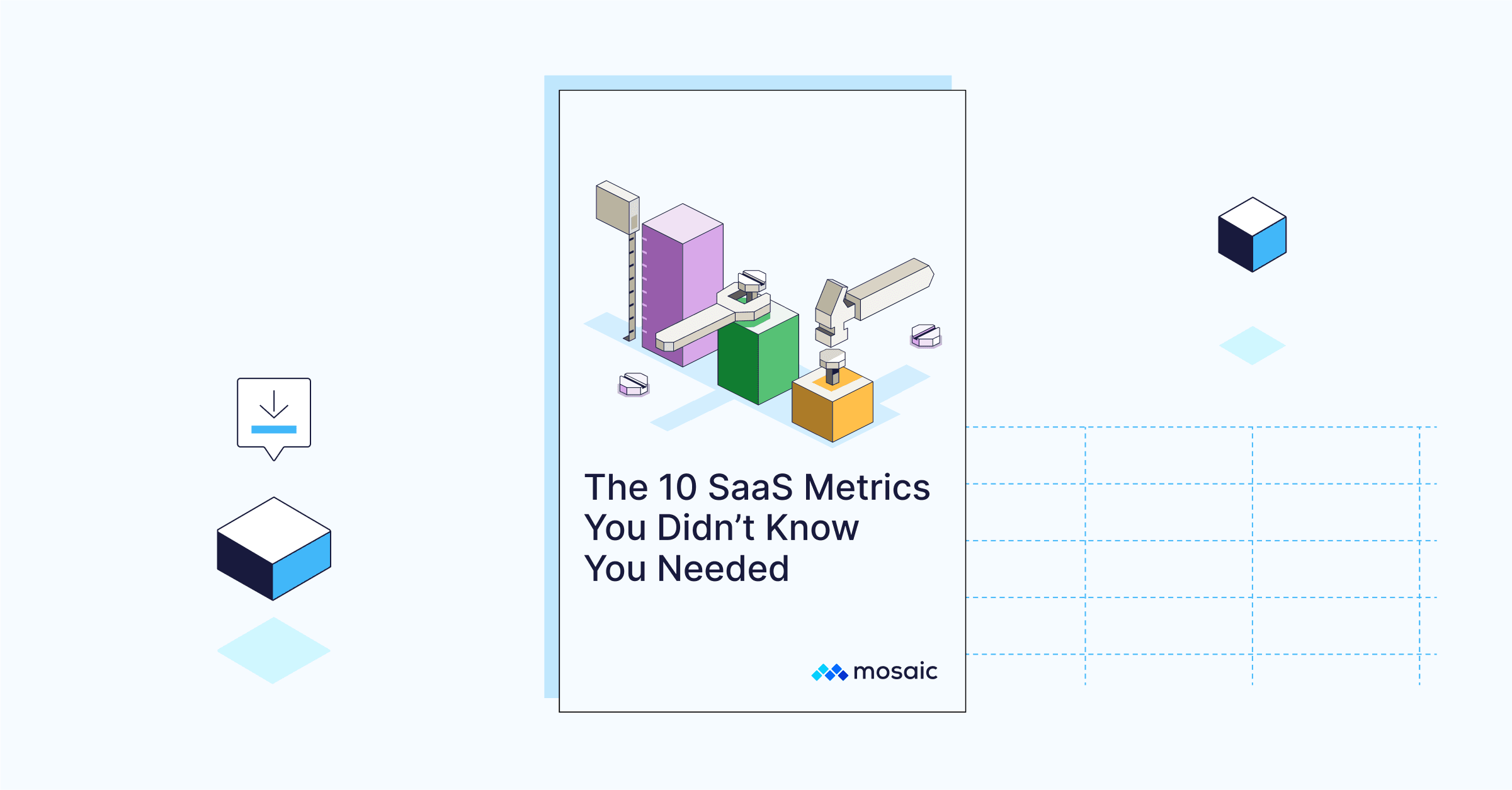Categories
Customer count is a simple yet mighty metric. On one hand, customer count gives companies insight into revenue generation, customer attrition, and other customer retention metrics. More importantly, investors and market analysts often consider customer count a key indicator of a SaaS company’s health and growth potential.
The power of customer count goes beyond mere numbers; it reflects a SaaS company’s value proposition, market acceptance, and operational efficacy. A growing customer count can attract more SaaS startup funding or potentially increase a company’s stock value.
As this metric trends upwards, it also represents growing trust between the company and its happy customers. Moreover, a healthy customer count can create a ripe atmosphere for innovation and expansion, often bringing valuable feedback and additional financial resources.
So, in the ever-changing world of SaaS business models, paying close attention to customer count can help guide the company toward long-term growth and gain a competitive edge in the market.
Table of Contents
How to Measure Active Customers
To accurately count your active users during a given period, it’s essential to define what constitutes as “active,” for your SaaS business, meaning how many customers are actively subscribed and using the service. The definition of “active” often varies from one SaaS company to another, so measuring active customer count typically aligns with the company’s operational definitions and goals.
Examples of Customer Count Calculations
Customer count calculations don’t just depend on the company — they also change based on the industry. To illustrate this clearly, let’s consider two distinct industries as examples: retail versus SaaS businesses.
Example A: Retail
In the retail industry, customer count often reflects foot traffic and transaction frequency. For example, consider a clothing store named “ABC” in a bustling shopping mall. For this retail store, you could measure the customer count hourly to gauge the store’s performance and engagement.
So, it could be done in two ways: by transaction count or foot traffic sensors. For example, each transaction at the checkout counter counts as one customer (or one customer group if multiple items are purchased together). From 2 PM to 3 PM, if there were 30 transactions recorded, the customer count for that hour would be 30.
Some retail stores employ electronic foot traffic sensors at entrances to count the number of people entering and exiting the store. This data can provide a broader view of customer engagement, though it may not directly correlate to sales.
Retail outlets can aggregate these hourly customer counts to understand daily, weekly, or monthly trends and make informed decisions regarding inventory, staffing, and marketing strategies.
Example B: SaaS
In the world of SaaS, figuring out your customer count isn’t as straightforward and often involves the number of active subscriptions or contracts. So, when a SaaS company dives into understanding its customer count, it usually goes hand-in-hand with a few related metrics. Here’s how you might calculate customer count:
- Active subscriptions: Every active subscription or contract counts as one customer. For instance, if there are 500 active monthly subscriptions and 200 active annual contracts, the total customer count would be 700.
- Churn analysis: Churned customers who have canceled their subscriptions are tracked separately to understand retention and attrition rates. For example, if 50 customers churned in the past month, you could analyze this data alongside the active customer count to evaluate overall business health.
- Unique account identification: Each unique account is counted as a single customer, irrespective of the number of users nested within that account. This ensures that organizations housing multiple users are not disproportionately represented in the customer count.
By examining active, churned, and unique account metrics, SaaS companies can gain a holistic view of their customer base and incoming cash flow, informing strategies for customer retention, product development, and revenue forecasting.
Challenges in Measuring Customer Count Accurately
You’ll find two primary business models in the SaaS world: sales-led and product-led companies.
Sales-led companies, like those selling annual contracts managed through CRM systems like Salesforce, face several hurdles. Issues like dirty data from inconsistent CRM entries or poor CRM setup, misunderstanding renewal dates, or mixing up active contracts and bookings can mess up the customer count. And let’s not forget that keeping tabs on all those annual contracts isn’t easy.
On the other hand, product-led companies operate on a more flexible monthly subscription basis, where customers can hop on or off directly through the platform using their credit cards. But this model has its own set of challenges.
For instance, tracking active customers versus those who’ve canceled, especially in the middle of the month, requires a robust system. Additionally, a clear view of SaaS billing data is critical for counting customers accurately. Plus, the fluid nature of subscriptions means the company needs a dynamic system to keep the customer count updated.
The real challenge at the heart of both models is finding accurate, up-to-the-minute data to truly mirror the current customer base. That’s why SaaS companies need to put their money and effort into solid data management practices — regardless of whether it involves annual contracts or monthly subscriptions.
Mosaic Simplifies Customer Count for SaaS Businesses
Getting the customer count right is key because it plays a big part in how revenue is recognized, how investors see the company and the strategic decisions that are made.
With Mosaic’s Metric Builder, you can get real-time, accurate insights into your customer count and easily compare them with other closely related customer success metrics — including customer acquisition cost (CAC), LTV to CAC ratio, and sales conversion rates — to get deeper insights into the company’s financial health. And all this can be seen through an easy user interface without coding. With these granular insights from Mosaic, companies can develop marketing campaigns tailored to improve the customer experience, which in turn will increase the customer count.
Additionally, you can present these metrics in dashboards, reports, or models to provide insights into past, present, and future scenarios. From financial dashboards to investor dashboards, it’s all easy to build right within Mosaic. With a simple drag and drop onto a Canvas, you can craft visually appealing dashboards or construct custom financial reports that are easy for everyone to grasp.
See Mosaic’s magic firsthand. Request a demo to see how Mosaic can help you make strategic financial decisions with reliable, easy-to-access data.
Customer Count FAQs
How often should I track customer count?
How often you track customer count depends on the nature of your industry and type of business. Customer counts are typically tracked monthly, quarterly, or annually for SaaS businesses.
How do you define active customers?
Explore Related Metrics
Own the of your business.





